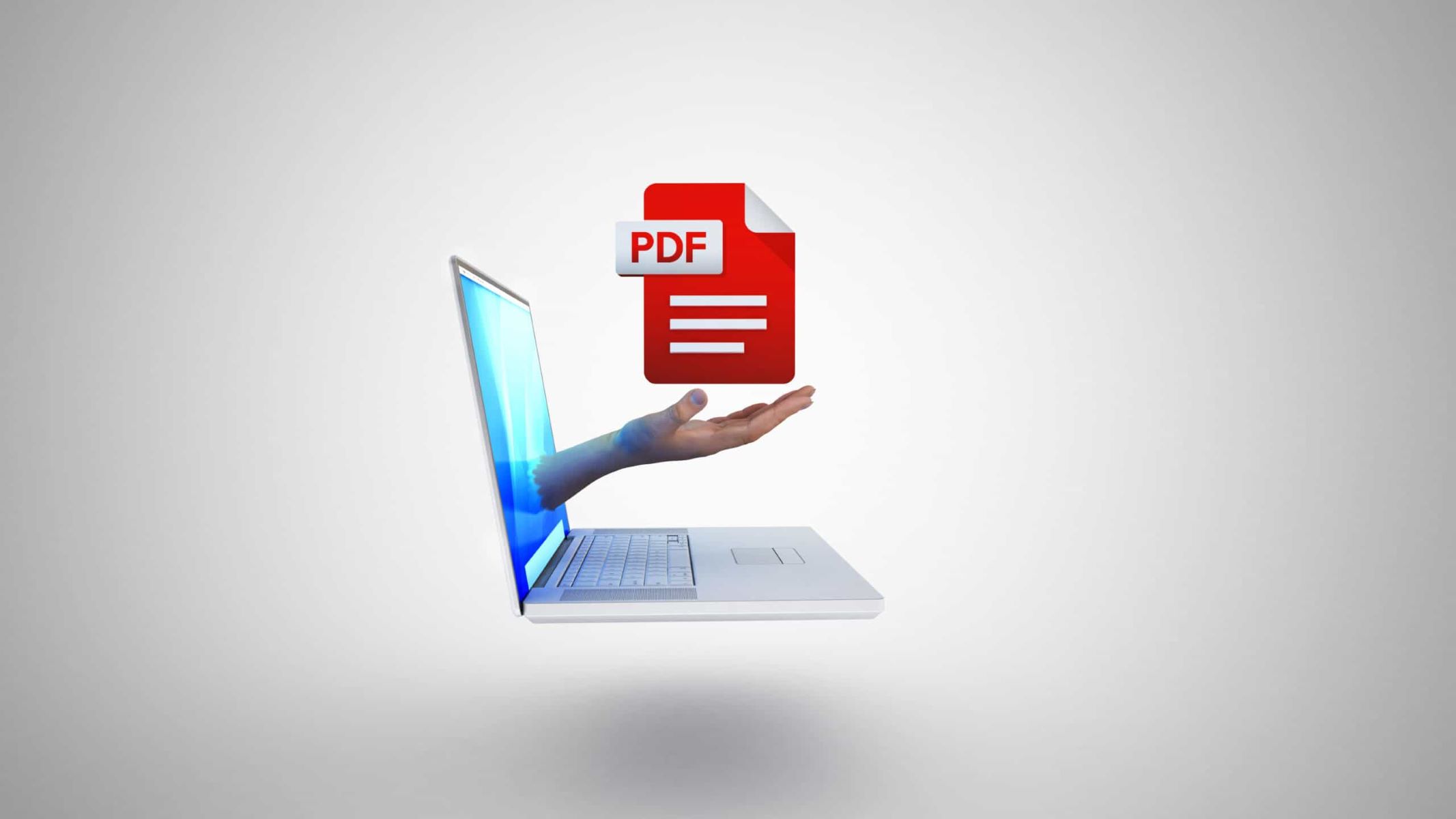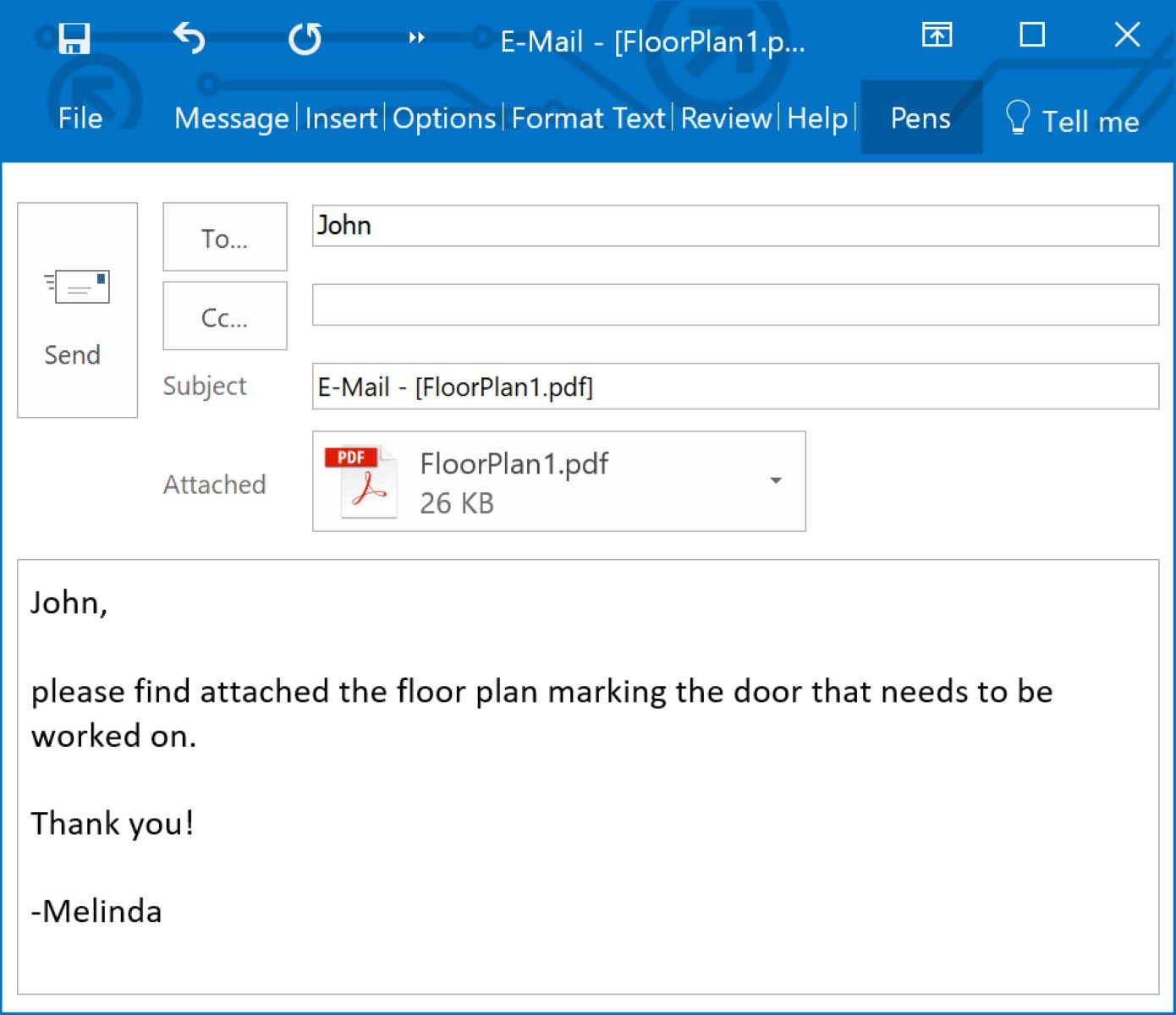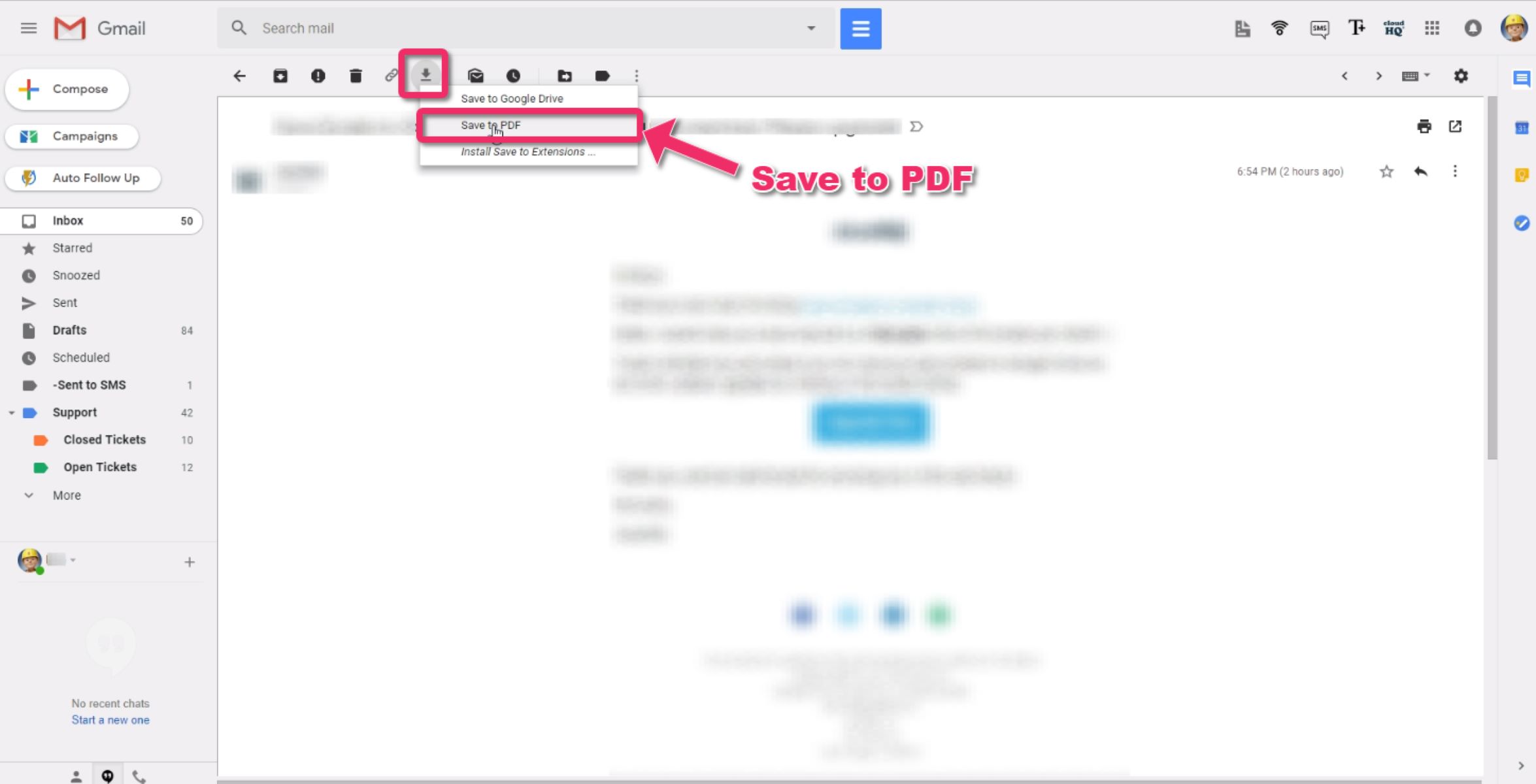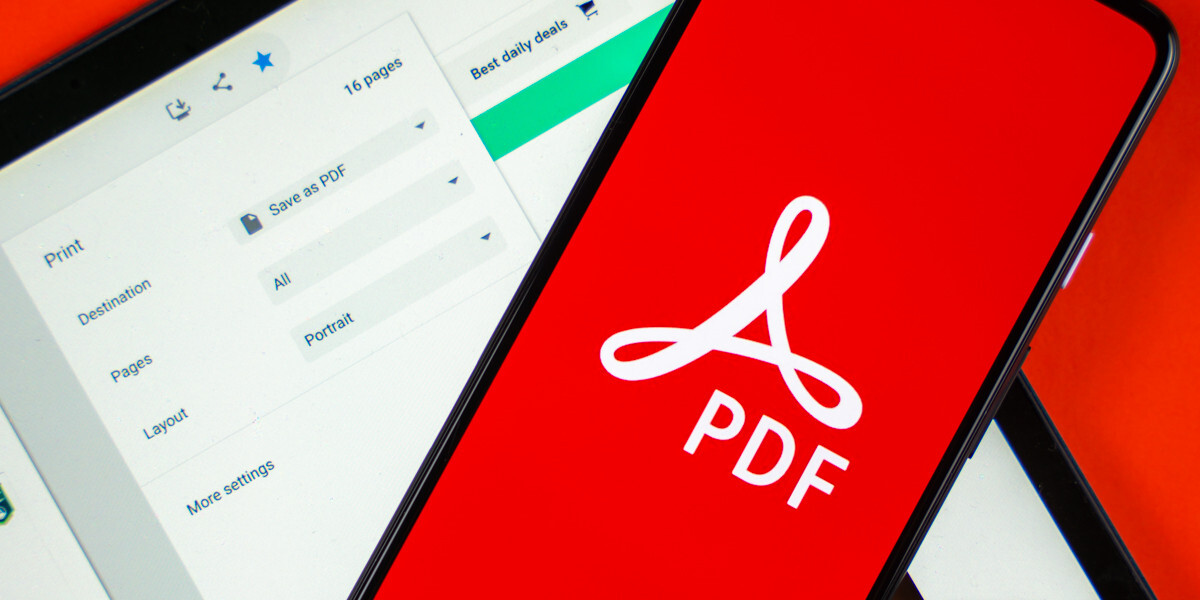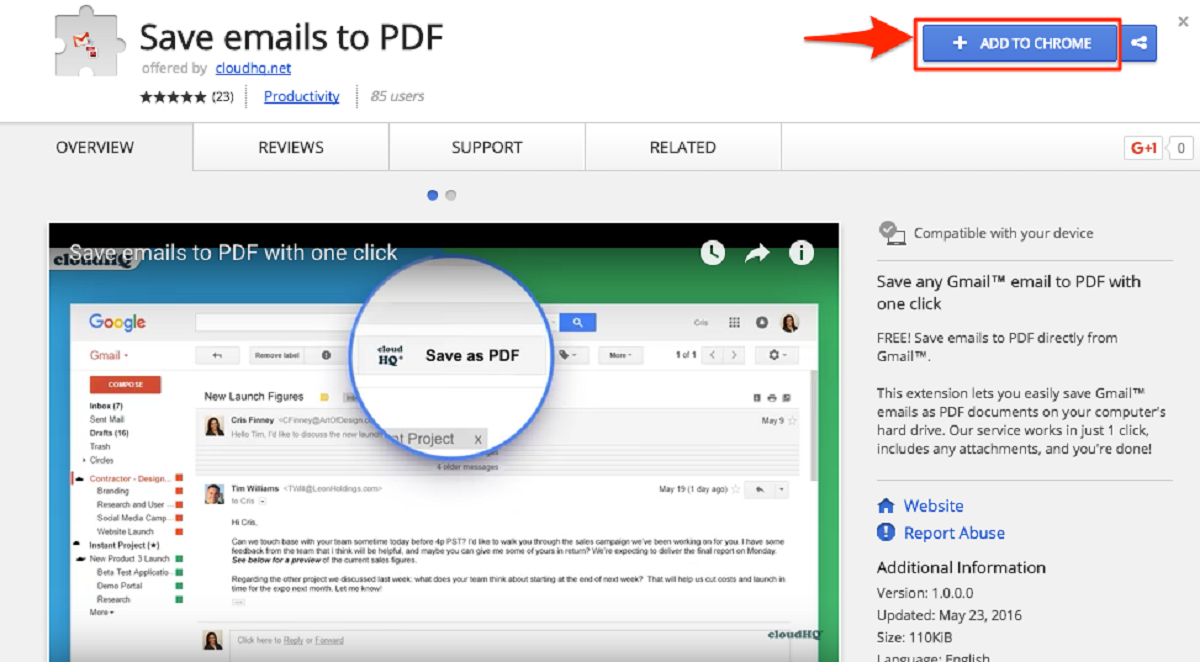Introduction
Sending large PDF files via email can be a real hassle. Many email servers have file size limitations, and large attachments can take a long time to upload and download, especially if recipients have slow internet connections. Fortunately, there are several methods you can use to reduce the size of a PDF file, making it easier to email without compromising the document’s quality.
In this article, we will explore six different methods for reducing the size of a PDF file for email purposes. These methods include using specific software applications like Adobe Acrobat and Preview (for Mac users), utilizing online compression tools, and removing unnecessary content from the PDF itself. By following these steps, you can significantly reduce the file size of your PDF without sacrificing its content or overall appearance.
Before we delve into the different methods, it’s important to note that the effectiveness of each approach may vary depending on your particular PDF file and the software or tools you have access to. Therefore, it is advisable to try out different methods to determine which yields the best results for your specific needs.
Now, let’s explore each method in detail to find the most suitable option for you.
Method 1: Compressing PDF using Adobe Acrobat
If you have access to Adobe Acrobat, you can easily reduce the size of a PDF file without compromising its quality. Follow these steps:
- Open the PDF file in Adobe Acrobat.
- Click on the “File” menu and select “Save As Other” followed by “Reduced Size PDF”.
- Choose the location where you want to save the compressed file and click “Save”.
- Adobe Acrobat will then automatically optimize and compress the PDF file, reducing its file size while maintaining its quality.
- Once the compression process is complete, you can review the compressed file and confirm that the quality is acceptable. If necessary, you can adjust the compression settings to achieve the desired balance between file size and quality.
It’s important to note that the degree of compression may vary depending on the complexity and content of the original PDF file. In some cases, the reduction in file size may be significant, while in others, it may be more minimal.
Adobe Acrobat provides various compression options, such as removing unnecessary elements, downsampling images, and compressing embedded fonts. You can experiment with these settings to find the optimal balance between file size and quality for your specific needs.
Once you have successfully compressed the PDF file, you can proceed to attach it to an email and send it without any issues related to file size limitations.
While Adobe Acrobat is a powerful tool for compressing PDF files, it is important to note that it is not a free software. If you do not have access to Adobe Acrobat or prefer a free alternative, you can explore other methods discussed in this article.
Method 2: Compressing PDF using Smallpdf
If you’re looking for a convenient and user-friendly online solution to compress your PDF files, Smallpdf is a great option. Smallpdf offers a range of useful tools, including a PDF compression feature. Here’s how you can use Smallpdf to reduce the size of your PDF:
- Go to the Smallpdf website (www.smallpdf.com) and navigate to the “Compress PDF” tool.
- Click on the “Choose File” button and select the PDF file you wish to compress from your device or cloud storage (e.g., Google Drive or Dropbox).
- Once the file is uploaded, Smallpdf will automatically start compressing the PDF.
- After the compression is complete, you will be presented with the option to download the compressed PDF file.
- Review the compressed file to ensure that the quality meets your requirements.
Smallpdf uses advanced compression algorithms to reduce the size of your PDF file while maintaining its visual quality and integrity. The exact degree of compression will depend on factors such as the initial file size and the content of the PDF. However, Smallpdf generally produces satisfactory results in terms of file size reduction.
In addition to compressing PDF files, Smallpdf also offers other useful features like PDF conversion, merging, and editing, making it a versatile tool for various PDF-related tasks.
It’s worth noting that Smallpdf offers both free and paid subscription options. The free version allows for limited usage, while the paid plans provide additional benefits such as unlimited access and priority support. Consider your needs and usage frequency to determine which plan best suits you.
With Smallpdf, compressing PDF files for email becomes a quick and hassle-free process. Give it a try and enjoy the convenience of reducing your PDF file size with just a few clicks.
Method 3: Compressing PDF using Preview (Mac)
If you are a Mac user, you can take advantage of the built-in Preview application to compress your PDF files. Follow these steps to reduce the size of a PDF using Preview:
- Open the PDF file in Preview by double-clicking on it.
- Click on “File” in the menu bar, then choose “Export…” from the drop-down menu.
- In the export window, select “PDF” as the format and give the compressed file a new name.
- Click on the “Quartz Filter” dropdown menu and choose the desired filter for compression. Options include “Reduce File Size,” “Black & White,” and “Gray Tone,” among others.
- Adjust the resolution and quality settings if necessary.
- Click on “Save” to create the compressed PDF file.
Preview will now export the PDF with the selected compression settings, resulting in a smaller file size while maintaining reasonable quality. You can then check the compressed PDF to ensure that it meets your requirements.
Keep in mind that the available compression options in Preview are limited compared to dedicated PDF compression tools. However, Preview is a convenient option for Mac users who want to quickly reduce the size of their PDF files without the need for additional software.
By utilizing the built-in functionality of Preview, you can easily compress PDF files and prepare them for email without the need for third-party applications or online tools.
Note that these steps apply specifically to Mac users utilizing the Preview application. If you’re using a different operating system or software, consider the alternative methods discussed in this article.
Method 4: Compressing PDF using online tools
If you prefer a quick and accessible solution for compressing PDF files, using online compression tools can be a great option. There are numerous websites that offer free PDF compression services with user-friendly interfaces. Here’s how you can compress a PDF using an online tool:
- Search for a reputable online PDF compression tool like Smallpdf, PDF2Go, or I Love PDF.
- Visit the website and navigate to the PDF compression tool.
- Click on the “Choose File” button to upload the PDF file you want to compress from your device or cloud storage.
- Depending on the tool, you may have the option to select the compression level or other settings. Adjust these options as desired.
- Click on the “Compress” or “Compress PDF” button to initiate the compression process.
- After the compression is complete, you will be provided with a link to download the compressed PDF file.
It’s important to note that the compression results may vary depending on the online tool you choose and the specific file you are compressing. Some tools prioritize maintaining the quality of the PDF, while others focus more on reducing the file size. Explore different options and find a tool that delivers the desired balance for your needs.
In addition to compression, many online tools offer other features like PDF conversion, merging, and splitting. Exploring these additional functionalities can prove beneficial for managing and manipulating your PDF files.
While online compression tools are generally free to use, some may have limitations on file size or the number of files you can compress per day. Keep this in mind when choosing an online tool and verify if a premium version is available for extended capabilities.
Using online compression tools allows you to instantly reduce the size of your PDF files without the need for specific software or installations. Give them a try and enjoy the convenience of compressing PDFs from any device with an internet connection.
Method 5: Removing unnecessary content from PDF
If you have a PDF file with excessive content, such as images, annotations, or embedded fonts, removing or simplifying these elements can significantly reduce the file size. Here’s how you can remove unnecessary content from a PDF:
- Open the PDF file in a PDF editor or viewer application.
- Identify the elements that are contributing to the large file size.
- If there are images or graphics that are not vital to the document’s content, consider removing or downsampling them. You can use the “Edit” or “Edit Images” feature in the PDF editor to perform this task.
- If the PDF contains unnecessary annotations or comments, delete them by selecting the respective tools in the editor and removing them.
- Embedded fonts can also add to the file size. If your PDF has multiple embedded fonts, you can consider removing or replacing them with standard system fonts.
- After making the necessary changes, save the modified PDF with a new file name to preserve the original file.
By selectively removing or simplifying elements within the PDF, you can significantly reduce the file size without compromising the essential content. However, it is essential to carefully review the modified PDF to ensure that no critical information or visual integrity is lost in the process.
Note that the extent of file size reduction will depend on the nature and amount of unnecessary content within the PDF. In some cases, the reduction may be substantial, while in others, it may be more minimal. Nevertheless, removing unnecessary elements remains an effective method for optimizing PDF file sizes for emailing purposes.
Utilizing this method requires a PDF editor or viewer application that provides the necessary tools for editing and manipulating the PDF’s content. These applications can be either standalone software or online services, depending on your preference and requirements.
By removing unnecessary content, you can create a streamlined and compact PDF file that is easier to email and transfer while still conveying the essential information within the document.
Method 6: Converting PDF to other formats before emailing
If you are facing difficulties in sending a large PDF file via email, an alternative approach is to convert the PDF into a different file format that is more email-friendly. By converting the PDF to a compressed format or a different file type, you can effectively reduce the file size. Here are some popular formats you can consider:
- Convert to JPEG or PNG: Converting the PDF pages into images can significantly reduce file size. JPEG or PNG formats are commonly used for compressing images while maintaining acceptable visual quality. There are various online tools and software applications available that can help you convert PDFs to image formats.
- Convert to Microsoft Word (DOCX) or Rich Text Format (RTF): Converting the PDF into a Word document or RTF file not only reduces the file size but also allows for easier editing and formatting. Many PDF converters offer options to convert PDFs into editable Microsoft Word or RTF formats.
- Convert to EPUB: If your PDF contains mostly text and minimal complex formatting, converting it to EPUB format (an open e-book standard) can significantly reduce the file size. EPUB is specifically designed for efficient storage and display of text, making it a suitable option for text-heavy PDFs.
- Convert to ZIP: If your PDF consists of multiple files or documents, you can consider compressing them into a ZIP (or similar archive) file format. Archiving the PDF alongside other related files can help reduce the overall size of the email attachment.
Once you have converted the PDF into a different format, you can attach the converted file to your email for sending. However, keep in mind that converting the PDF to a different format may alter its original layout, formatting, or functionality. Therefore, it’s important to thoroughly review the converted file and ensure that the essential content remains intact, and no critical information is lost during the conversion process.
There are numerous online converters and software applications available that can assist you in converting PDFs to different formats. Choose a reliable and trusted converter that suits your requirements and provides the necessary features for efficient conversion.
By converting the PDF into a more email-friendly format, you can successfully reduce the file size and ensure smoother email transmission without encountering limitations set by email servers or attachment sizes.
Conclusion
Sending large PDF files via email can be a cumbersome task, but with the various methods discussed in this article, you can effectively reduce the file size and overcome email attachment limitations.
Option 1 is to compress the PDF using Adobe Acrobat, which provides customizable compression settings to reduce file size while maintaining quality. This method is suitable for users who have access to Adobe Acrobat.
If you prefer a convenient online solution, Method 2 suggests using Smallpdf, an online tool specifically designed for compressing PDF files. Smallpdf offers a user-friendly interface and reliable compression results.
Mac users can take advantage of Method 3, which demonstrates how to compress PDFs using the built-in Preview application. With a few simple steps, you can achieve a reduced file size without the need for additional software.
Method 4 explores the use of online tools for PDF compression. Websites like Smallpdf, PDF2Go, and I Love PDF provide easy-to-use interfaces and various compression options to cater to different needs.
Method 5 suggests removing unnecessary content from the PDF, such as images, annotations, and embedded fonts. This method allows for a more streamlined document with reduced file size, but it requires a PDF editor or viewer application.
Lastly, Method 6 offers an alternative approach of converting the PDF to other formats before emailing. Converting to JPEG, PNG, Microsoft Word, EPUB, or ZIP can effectively reduce file size and make it more email-friendly.
Consider the specific requirements of your PDF file and select the most appropriate method based on accessibility, convenience, and desired level of file size reduction.
Remember to review the compressed or converted PDF file to ensure that it still meets your quality and content requirements after implementing any of these methods.
By utilizing these methods, you can overcome the challenges of emailing large PDF files and ensure efficient transmission without sacrificing the document’s integrity or overwhelming the email server.







